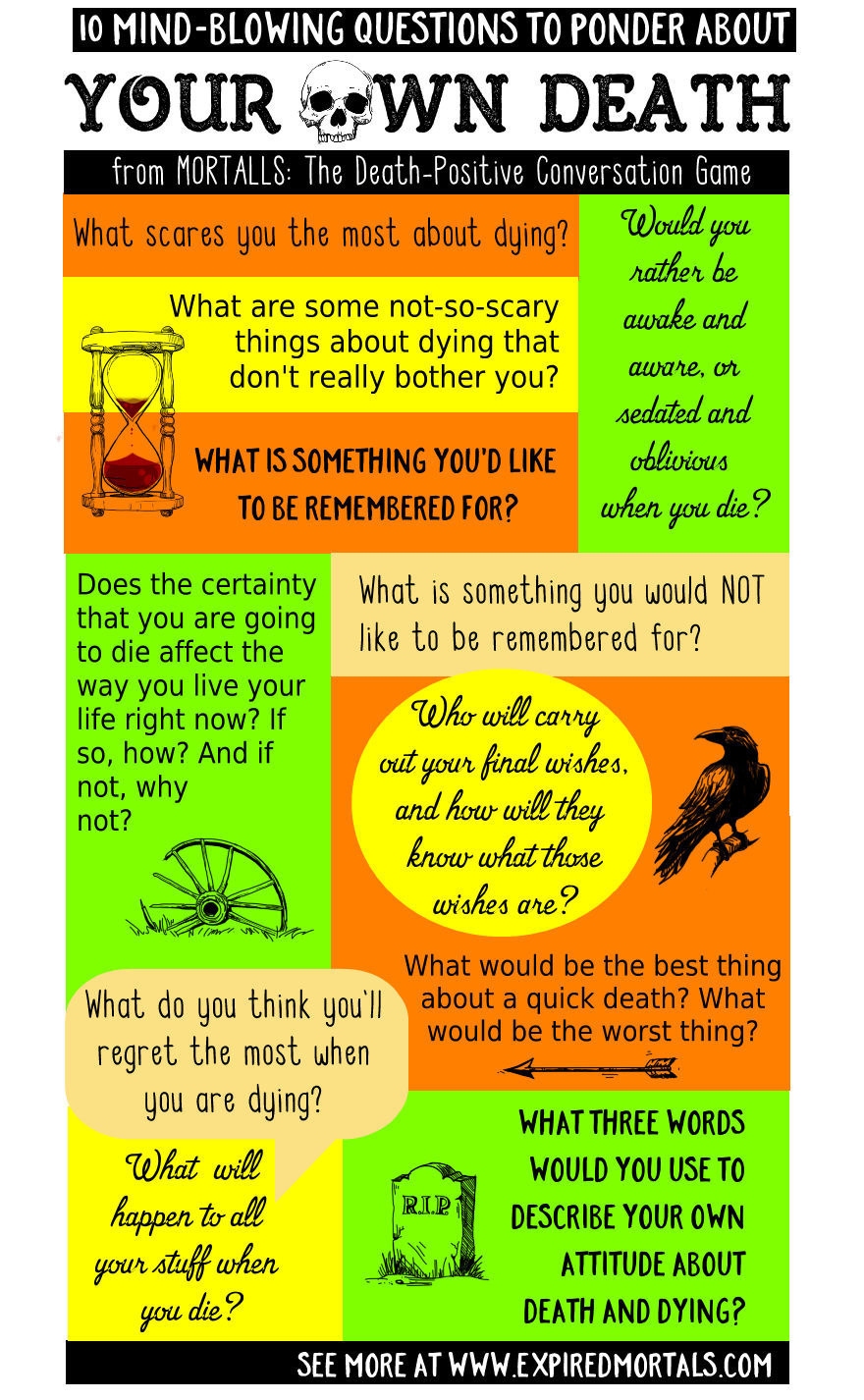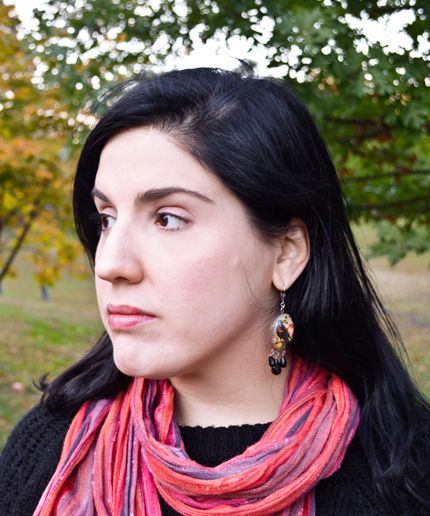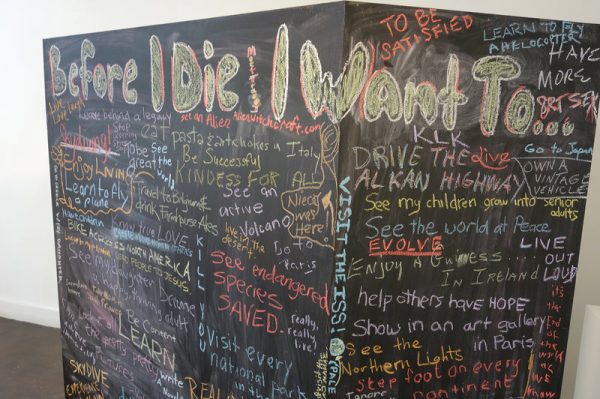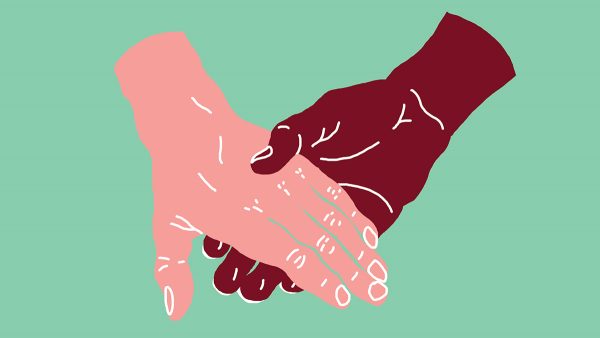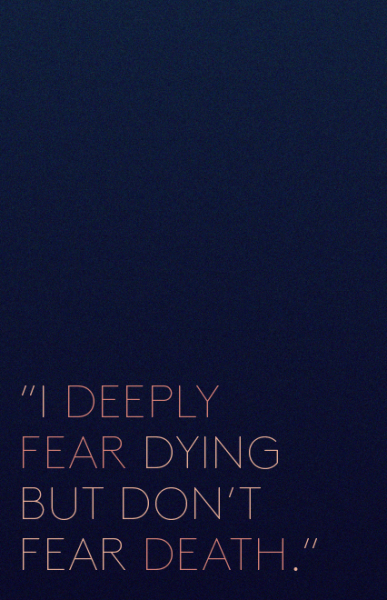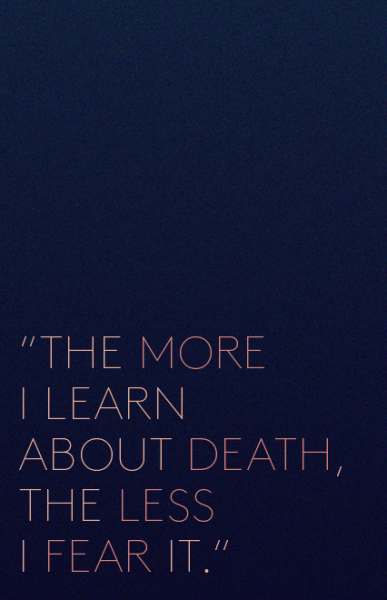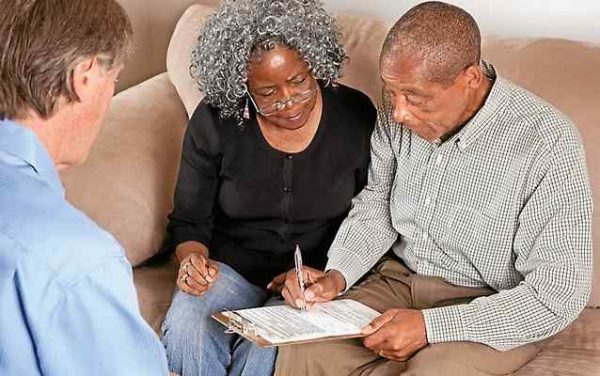Dying is taboo among health and care professionals who sometimes prioritise medical initiatives over individuals and families
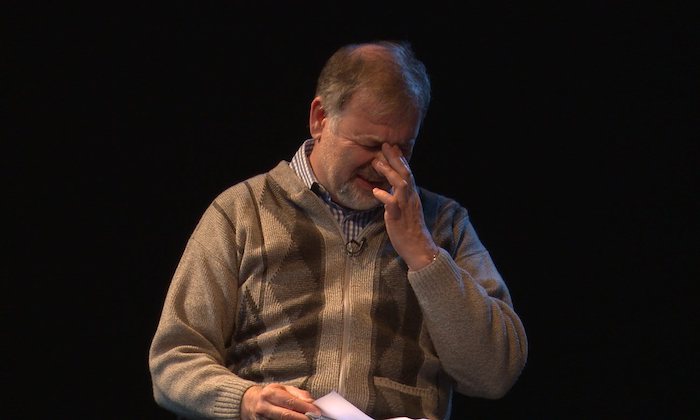
[S]eth Goodburn seemed fit and well until two weeks before he was diagnosed with pancreatic cancer. He died just 33 days after diagnosis, spending much of that short time in hospital. In the emotional whirlwind of coping with the poor prognosis his wife, Lesley, felt their hopes for Seth’s end-of-life care were sidelined by medical professionals trying to do their job.
“The NHS focuses on the medicine and trying to fix people even when that’s not possible,” she says. “A lot of the conversations and decisions that we might have made were overshadowed by dealing with what was the next medical treatment and intervention.”
There is an ongoing conversation in the medical profession about how to care for terminally ill patients, given that the profession’s instinct is to preserve life. The issue is just one of many being address by Brian Daniels, a playwright commissioned by the National Council for Palliative Care (NCPC) to tell stories such as Goodburn’s through plays, and help educate healthcare professionals about patients and families’ experiences of end-of-life care.
Homeward Bound, a play based on a series of letters Lesley Goodburn wrote, in the months after her husband’s death, to medical professionals involved in his care, launched NCPC’s national conference this year to an audience of 300 healthcare workers.
In addition, Daniels’ plays on early onset dementia and palliative care for those with disabilities, have been performed in hospitals, hospices, care homes and to general audiences across the country. Daniels says: “[They] take people out of their professional role for a minute to look at the family and human side of the people they’re dealing with.”
For Goodburn, that human aspect is key. She could not fault the professionalism of those involved in caring for her husband, but says poor communication could leave the couple feeling worse. “There were just so many things where people weren’t cruel or unkind or deliberately unthinking, but just didn’t really think about what it was like to be me and Seth. He went from being well and living a normal life to suddenly being told that he was dying.” She says, for example, a physiotherapist asked Seth to march on the spot as part of an assessment to see if he was able to go home, as he had previously wished, seemingly unaware that his condition had deteriorated and he was dying.
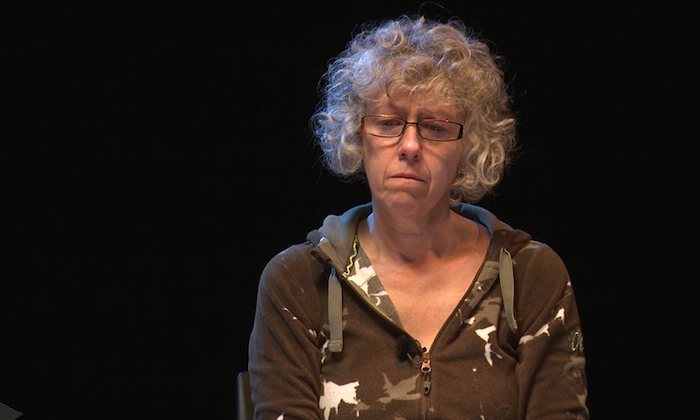
Claire Henry, chief executive of the NCPC, says plays such as Homeward Bound are designed to encourage medical professionals to reflect on the people going through this traumatic process. “We obviously work very closely with people who have experience and they tell us their stories. Some are good, some not so good. Healthcare professionals don’t go to work to do a bad job, but sometimes they don’t think of things that affect people in a broader sense.”
What impact does a play have that a lecture, for instance, cannot? Don’t Leave Me Now, another play by Daniels, about early onset dementia, was performed at St Gemma’s hospice in Leeds to an audience including nurses, housekeeping staff and workers from other local hospices. Dr Mike Stockton, its director of medicine and consultant in palliative medicine, says the play enabled them to see some of families’ and patients’ challenges through a different lens. “It’s sometimes hard to have a full understanding … of what people may be going through and the reasons behind their actions or the emotional challenges, adjustments or the resilience that people need.”
Lynn Cawley agrees. There was barely a dry eye at a performance at Morley Arts Festival in October of Bounce Back Boy, the powerful dramatisation of her adopted son, Josh’s, story. Josh was severely disabled following a serious head injury as a baby, and later adopted by Cawley. Despite pioneering medical treatment throughout Josh’s life, Cawley says he was denied admission as an inpatient to a local hospice because his needs were too complex, and died a difficult death at home. She is fighting to end what she describes as end of life discrimination against those with disabilities.
Cawley thinks a play is an effective way of communicating that message, and for getting people to think about palliative care more broadly. She says: “When it’s someone’s real life story, people put themselves in it [and] they might think of a patient that they know. We hope that it will change policy but also people’s attitudes.”
For Stockton, working in a hospice, the wider issue of how treatment is balanced with patient comfort is a daily consideration. He says the two can often be done together: “It is about having early, thorough, open, honest, transparent conversations with people about what they want.”
For Cawley, as a carer and mother who went through the palliative process, those open conversations about dying are key. “We even find it hard to say the word,” she says. “When we’re watching Casualty on a Saturday night and they’re trying to tell a relative that somebody is dying, but they won’t say the word dying or death, we’re just like – say death!”
Complete Article HERE!

